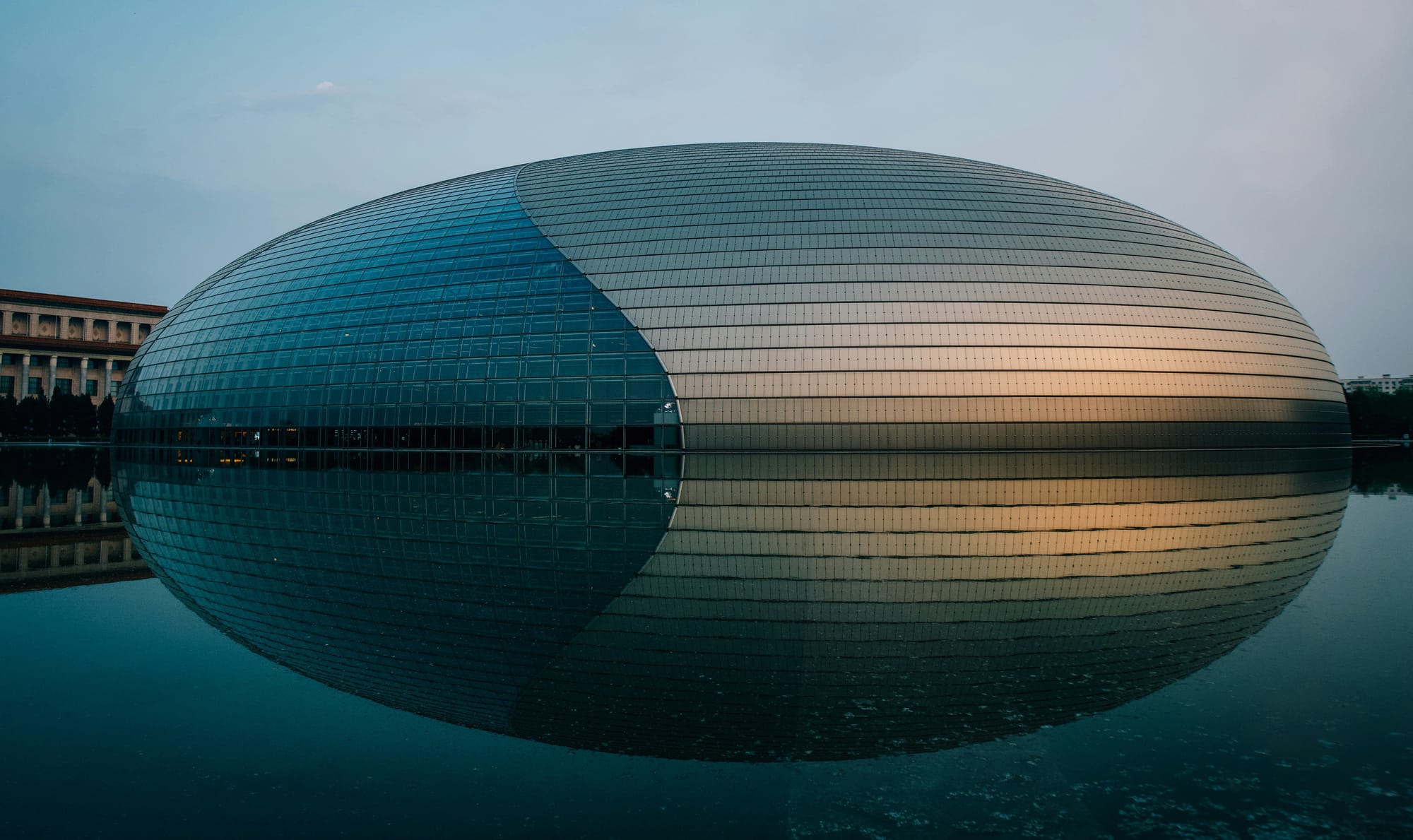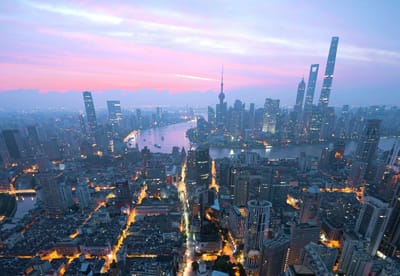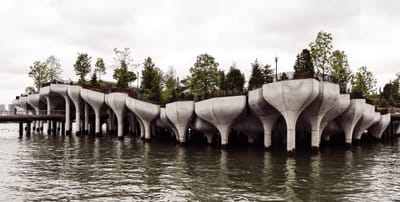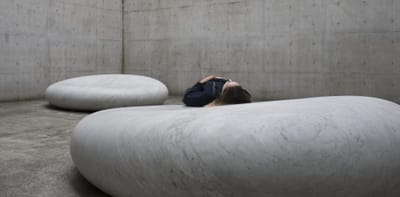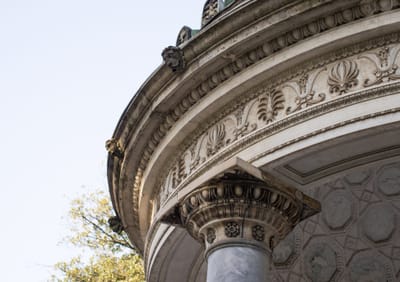In the heart of Beijing, the National Centre of the Performing Arts appears as a drop of modernity. This contemporary dome-looking building is next to the Great Hall of the People and near Tiananmen Square and the Forbidden City. The gigantic structure was designed by the architect Paul Andreu, and it was constructed between 2001 and 2007.
At first, the location and design of the project were controversial: wouldn't it be too contemporary and out of context within the historic center? In reality, the National Centre for the Performing Arts is a majestic construction that shows the utmost respect for the historically significant buildings surrounding it. There is harmony between modernity and the history prevailing in this part of the city. Most importantly, it's a strong statement of how art and culture are essential to creating modern Chinese society and cities. To carry out the design, it was required that this new building wouldn't exceed the height of the Great Hall of the People. Consequently, like an iceberg, the 150-feet high building holds another 105 meters underground.
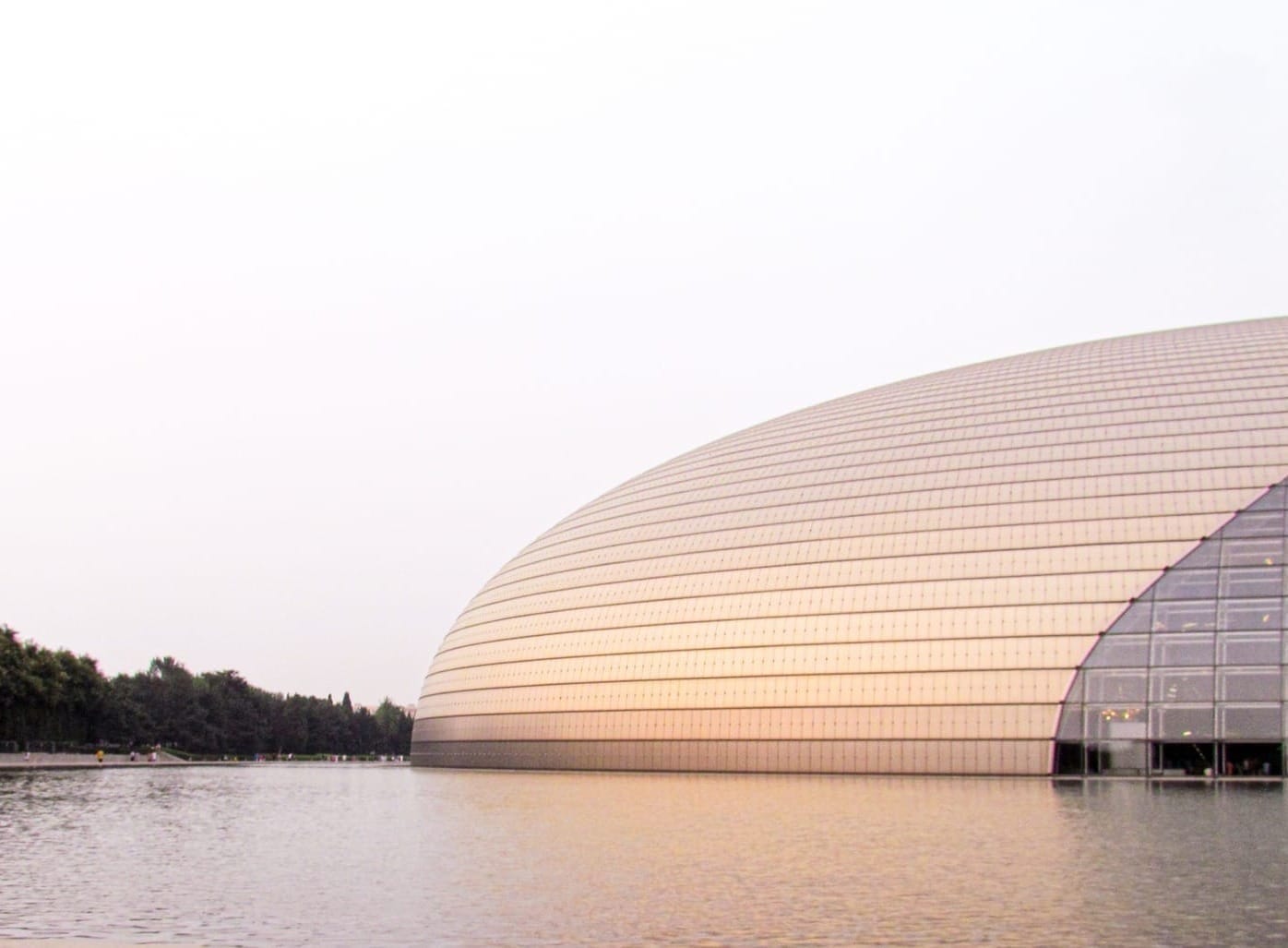
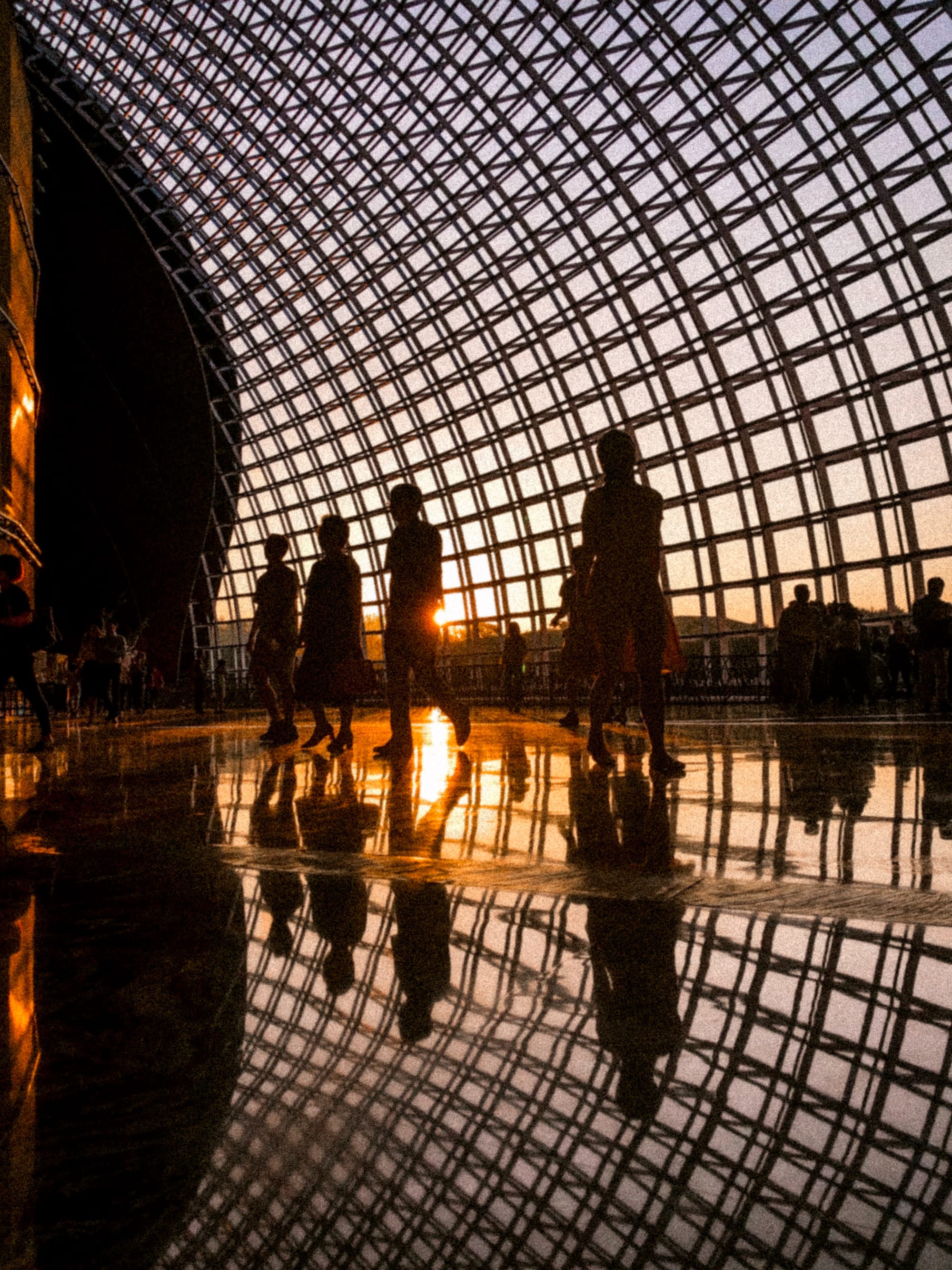
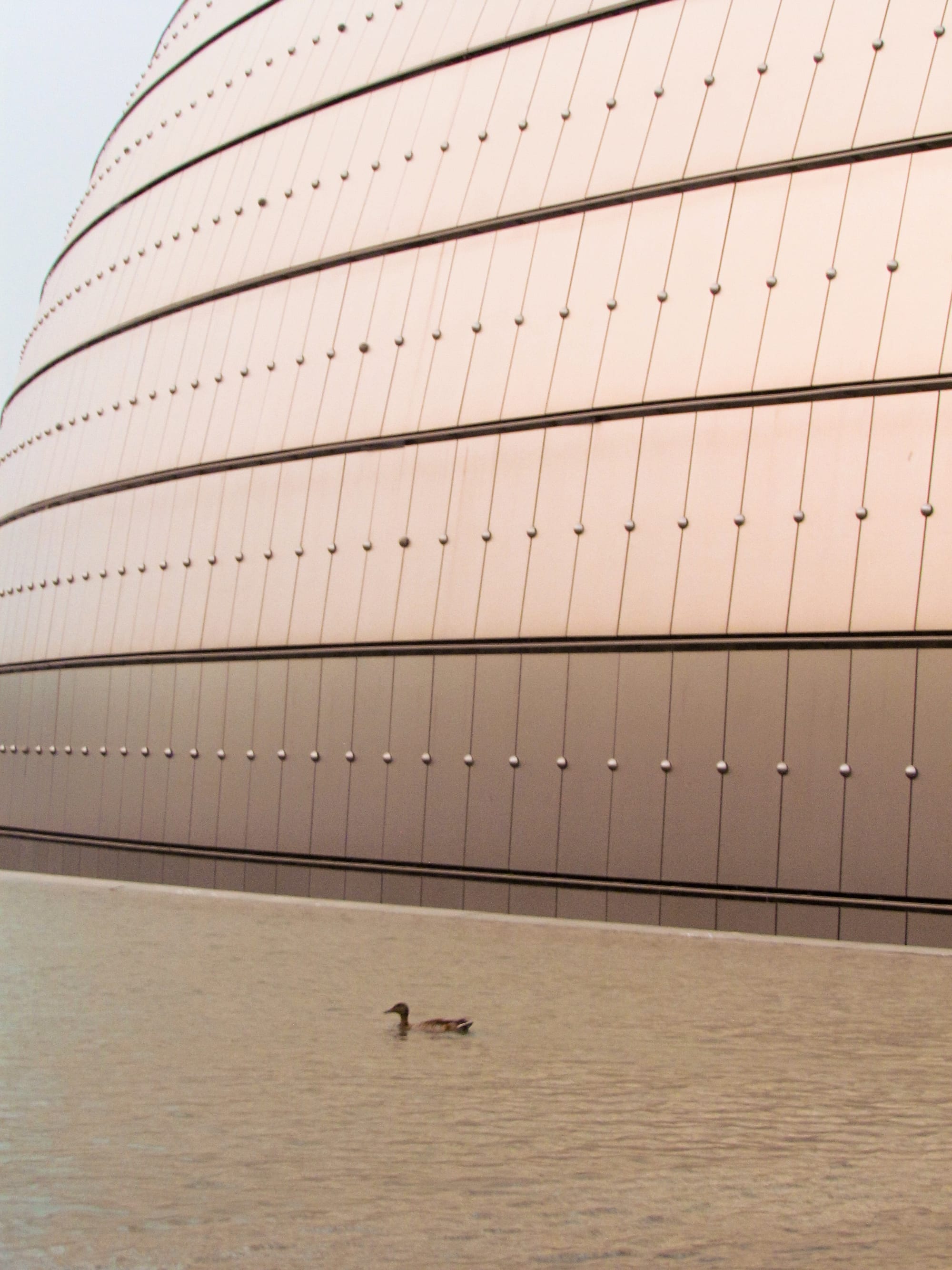
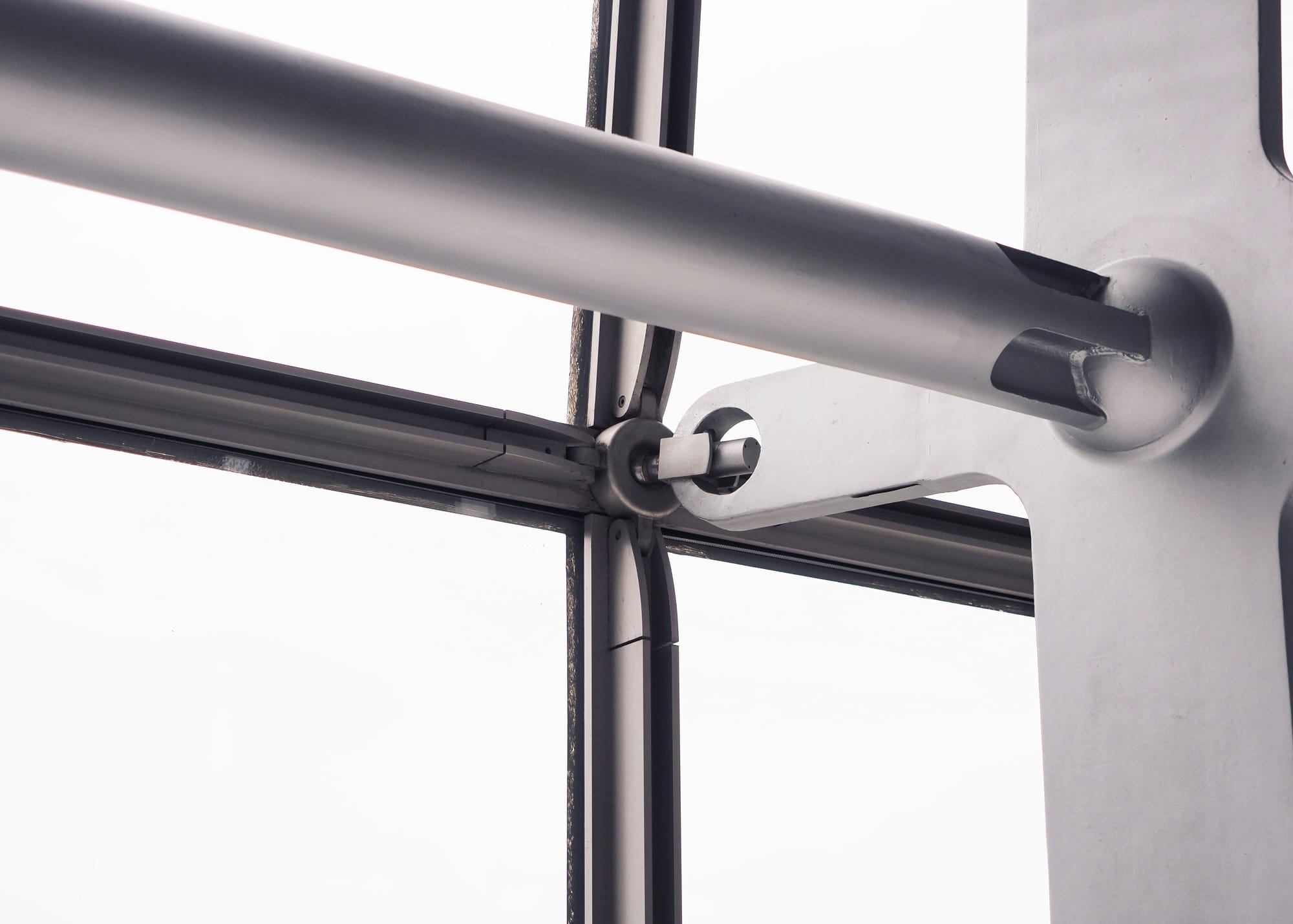
On the outside, the building looks like a flawless floating pearl, although its common nickname is the "giant egg." The curved 695 by 480-feet structure lies on the surface of a lake and is surrounded by a beautiful park. A park where people walk, dance, play, and enjoy, it feels like a living place. The lake makes it impossible to get close to the building, but it can be admired from afar. On days without wind, the reflection completes the form, a perfect pearl. Its aesthetic is subtle and appealing with soft lines that give a feeling of serenity, a calm complemented by the water body surrounding it.
The soft reflections from the metallic surface make it appear smooth as silk. The curved ellipsoidal shell is made of titanium plates and a special ultra-white glass cutaway that permits the natural light to flow inside during the day. At night, the artificial lighting creates a stunning lifelike effect creating contrast between the structure and the glimpse of the interior.
Due to the intact appearance of the facade, the complex looks mysterious and impenetrable. Yet, the building has an open and welcoming character. Thanks to the spacious underwater entrances that lead to the foyer, the visitors can experience a mystic passage from the everyday outside world to an alternate reality of art and culture that awaits on the inside. There are three performance auditoriums: a 1,040 seat theater, a 2,017 seat concert hall, and a 2,416 seat opera house. The general public areas have been articulated to function best in the form of an urban environment with fully developed spaces, including restaurants, shops, cafes, resting places, waiting areas, and much more.
By moving away from the traditional, the National Centre of the Performing Arts creates contrast without overshadowing the surroundings. Its design proclaims a new era for the Chinese's capital landscape in its city center—a celebration of culture and arts, starting with its own architecture.
